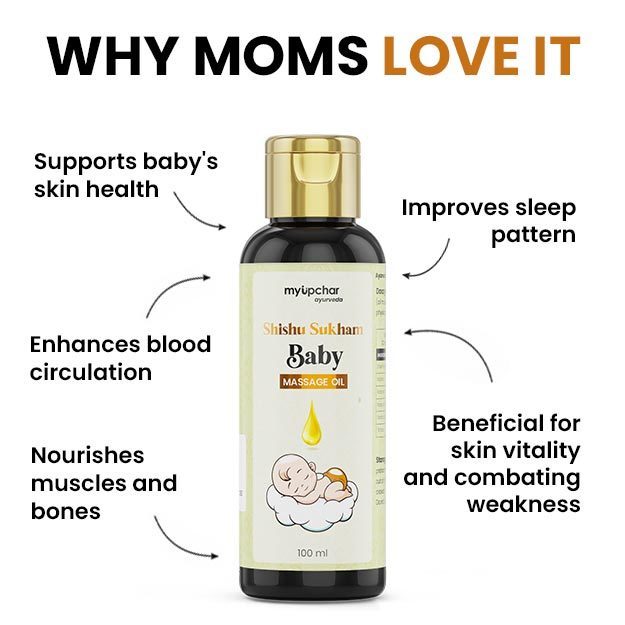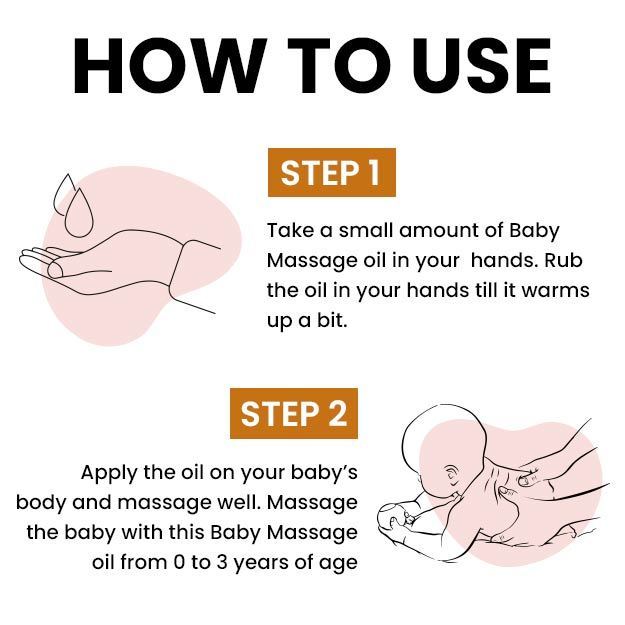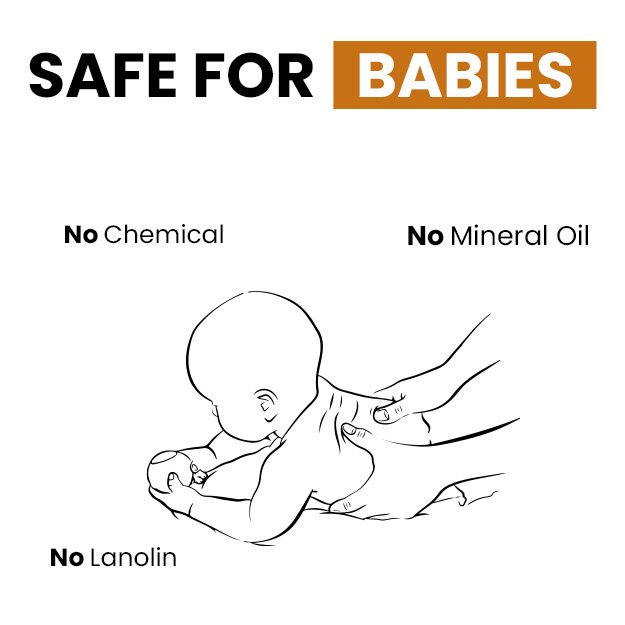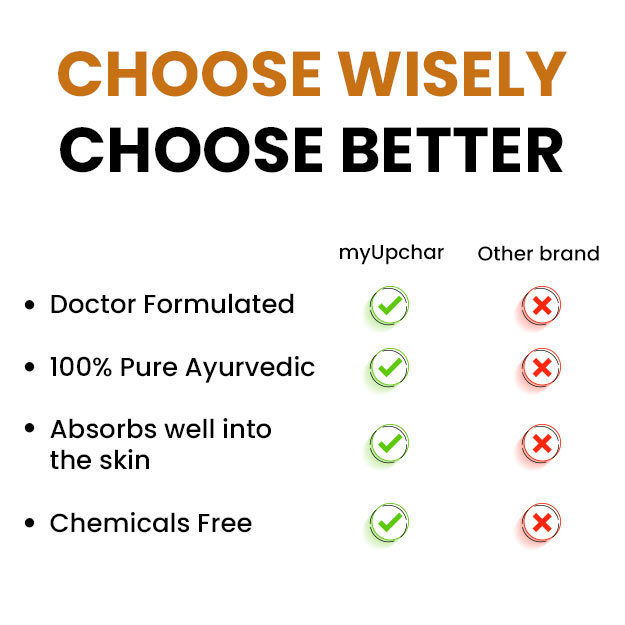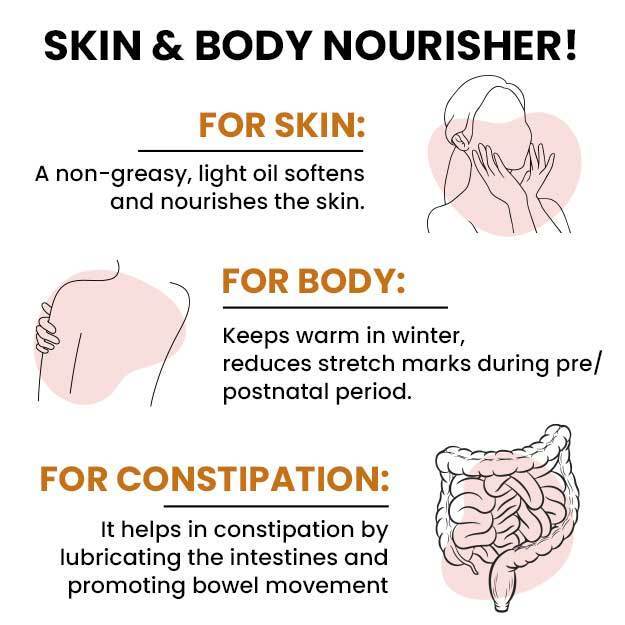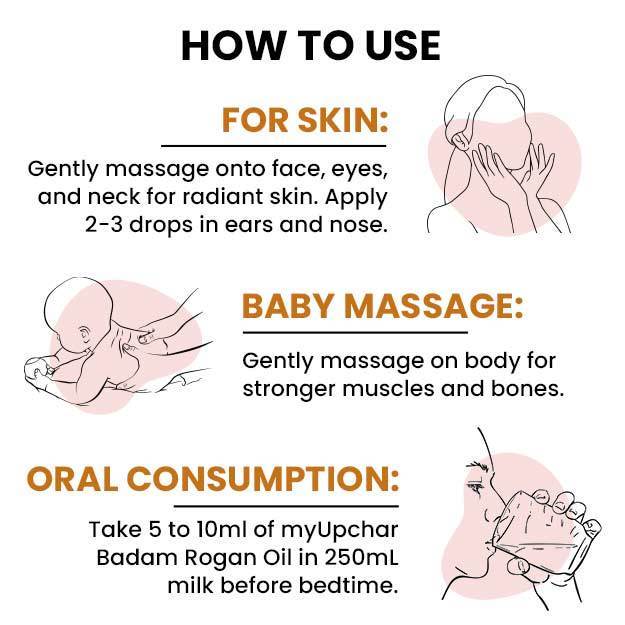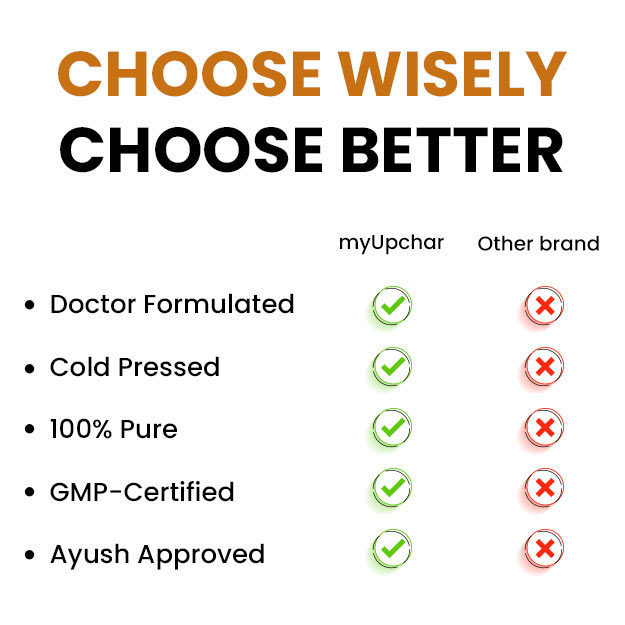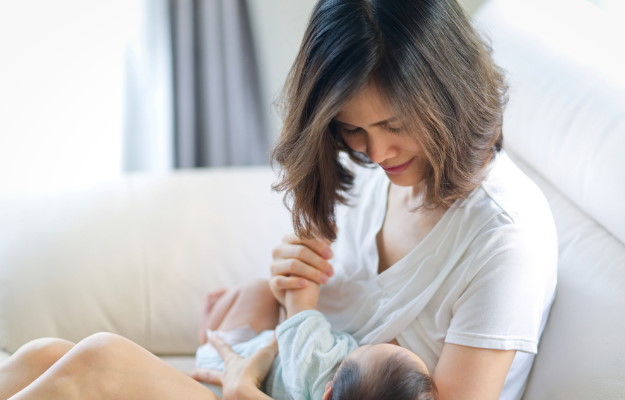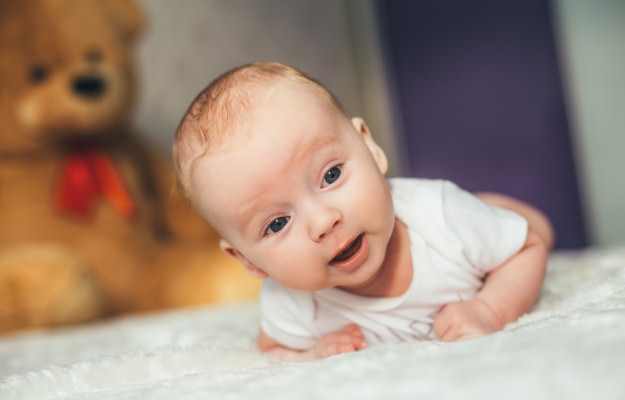Teary eyes and runny noses are par for the course in any young one’s life. Sometimes, though, these are early signs of an infection such as the common cold. Though children of any age are prone to a cold, babies between six months and 24 months of age are especially susceptible: research shows that children under two years of age can catch a cold as many as eight to 10 times a year!
This could be because, at six months after birth, babies no longer have the immunity they were born with. Some mothers also stop breastfeeding their children between six months and 12 months of age, which temporarily affects the babies’ ability to fight off common infections.
Here’s how to tell if your child is just being fussy or if they have an infection coming on: if the child has a fever, is sneezing or coughing, is irritable, is not interested in feeding, has difficulty sleeping and if his or her mucus turns thick, yellow or green, then you should not ignore these signs.
There are more than 200 viruses that can cause the common cold. These viruses spread from sick children to healthy ones, when kids touch a contaminated surface and then touch their eyes, mouth or nose, or if they put contaminated objects in their mouth during play.
Usually, the signs of a cold go away within one or two weeks. You can help your baby recover and soothe their symptoms by using a humidifier in their room and giving them lots of fluids (ideally children under six months should not have anything other than breastmilk, though older children can have water, lentil soup or clear chicken broth). Using medical saline solution to loosen the mucus and suction it out is a tried and tested method for easing nasal congestion in babies.
Whether you are a first-time parent or have an older child, it is natural to feel anxious when your baby is sick. However, a common cold is a stepping stone, as your child builds immunity to fight viral infections, bacterial infections, fungal infections and all kinds of pathogens. Read on to know more about the symptoms, causes, precautions, diagnosis and treatment for the common cold in babies as well as tips to help soothe your baby when he or she has a nasty cold.
Read more: Influenza (flu) in children







